Jul 29, 2021 | Korea, Science and Policy, Young Scientists
By Fanni Daniella Szakal, 2021 IIASA Science Communication Fellow
Despite the political challenges, 2021 YSSP participant Eunbeen Park is researching ways to restore forests in isolated North Korea.
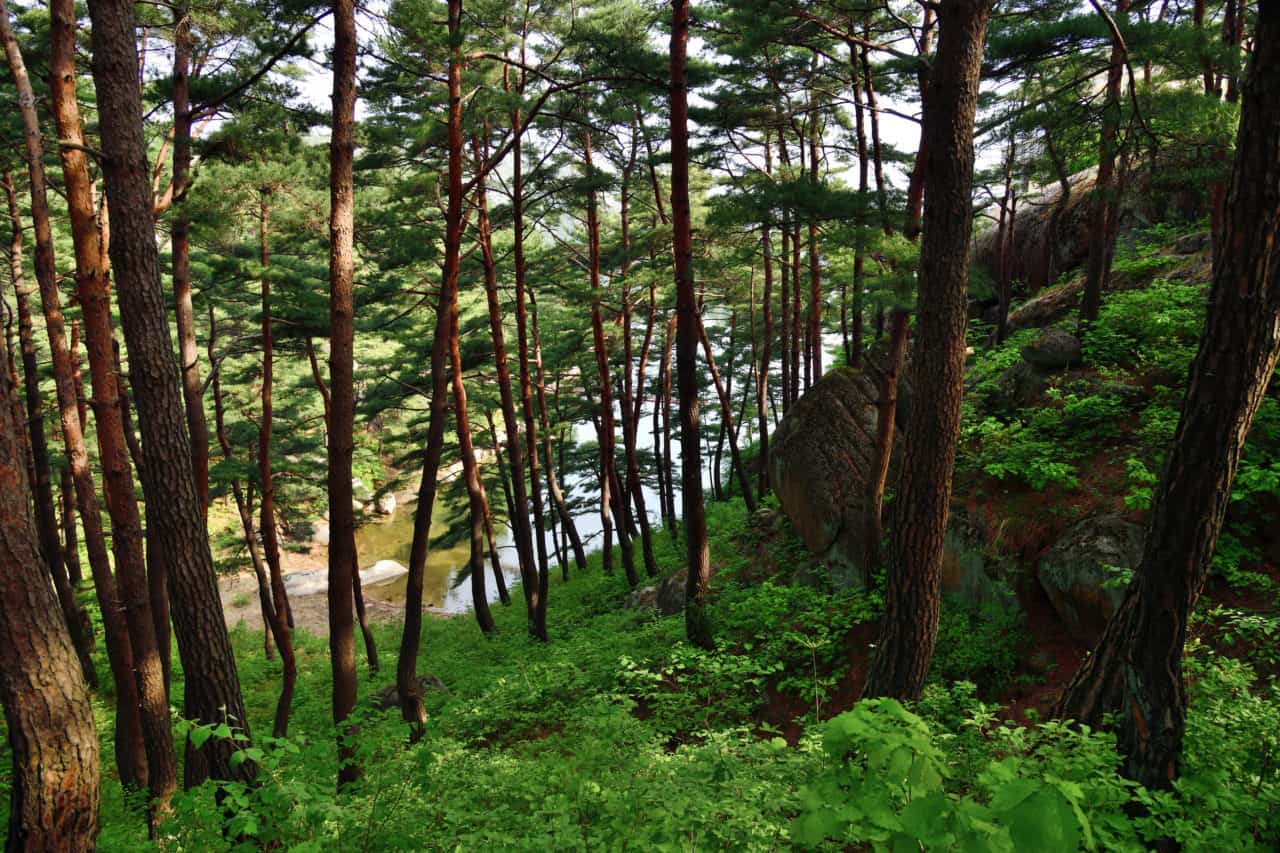
© Znm | Dreamstime.com
North Korea is somewhat of an enigma and getting a glimpse into what transpires behind its borders is a difficult task. Based on our limited information, it however seems that its once luscious forests have disappeared at an alarming rate in the last few decades.
Deforestation in North Korea is fueled by economic difficulties, climate change, and a lack of information for effective forest management. As forests are recognized as important carbon sinks that are invaluable when working towards the climate goals established in the Paris Agreement, finding a way to restore them is imperative. Forests are also essential in solving food insecurity and energy issues, which is especially relevant in the face of the current economic hardship in North Korea.
Neighboring South Korea serves as a benchmark for a successful reforestation campaign after having restored most of its forest cover in the last half a century. South Korean researchers and NGOs are keen to support afforestation efforts in North Korea and it seems that the North Korean government is also prioritizing this through a 10-year plan announced by North Korean leader Kim Jong-Un in 2015. The strained relationship between the two Koreas however, often hinders effective collaboration.
‘’We are close to North Korea regionally, but direct connection is difficult for political reasons. However, many researchers are interested in studying North Korea and there are currently many projects for South and North Korea collaboration supported by the Ministry of Unification,” says Eunbeen Park, a participant in the 2021 Young Scientists Summer Program and a second year PhD student in Environmental Planning and Landscape Architecture at Korea University in Seoul, South Korea.
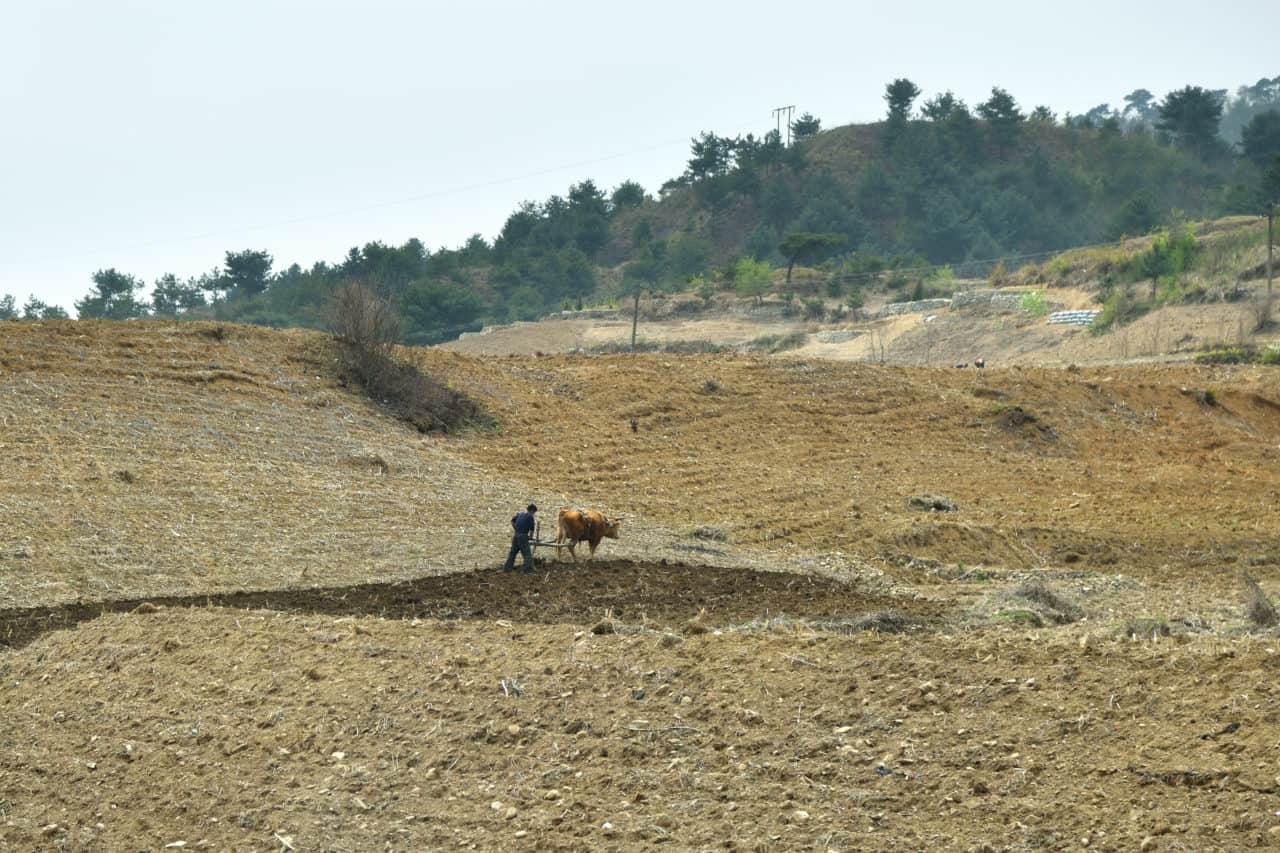
North Korean countryside © Znm|Dreamstime.com
Modeling afforestation scenarios in North Korea
Park specializes in using remote sensing data for environmental monitoring and detecting changes in land cover. During her time at IIASA, she will use the Agriculture, Forestry, and Ecosystem Services Land Modeling System (AFE-LMS) developed by IIASA to support forest restoration in North Korea.
First, Park will use land cover maps dating back to the 1980s to map the change in forest cover. She will then identify areas for potential afforestation considering land cover change, forest productivity, climate, and different environmental variables, such as soil type. She will also develop different afforestation scenarios based on forest management options and the tree species used.
According to Andrey Krasovskiy, Park’s supervisor at IIASA, when selecting tree species for afforestation we need to take into account their economic, environmental, and recreational values.
“From a set of around 10 species we need to choose those that would be the most suitable in terms of resilience to climate change and to disturbances such as fire and beetles,” he says.
Challenges in data collection
A major challenge in Park’s research is obtaining accurate information for building her models. If there is relevant research from North Korea, it is not available to foreign researchers and without being able to enter the country to collect field data in person, her research has to rely on remote sensing data or data extrapolated from South Korean studies.
Fortunately, in recent years, remote sensing technology has evolved to provide high-resolution satellite data through which we are able to take a thorough look at the land cover of the elusive country. Park will match these maps with yield tables provided by Korea University based on South Korean data. As the ecology of the two Koreas are largely similar, these maps are thought to provide accurate results.
Is there space for science diplomacy?
“Research shouldn’t have any boundaries,” notes Krasovskiy. “In reality however, the lack of scientific collaboration between research groups in South and North Korea poses a major obstacle in turning this research into policy. Luckily, some organizations, such as the Hanns Seidel Foundation in South Korea, are able to bridge the gap and organize joint activities that provide hope for a more collaborative future.”
Despite the diplomatic hurdles, Park hopes that her work will find its way to North Korean policymakers.
“I expect my research might make a contribution to help policymakers and scientific officials establish forest relevant action in North Korea,” she concludes.
Mar 10, 2021 | Communication, IIASA Network, Science and Policy, Women in Science
By Marie Franquin, External Relations Officer in the IIASA Communications and External Relations Department
Marie Franquin writes about her first six months as part of the IIASA Communications and External Relations team.
This year has certainly been a great challenge for all of us, migrating our lives online and our offices to the living-room. Last summer, I finished my PhD and was ecstatic to have found a job at IIASA that encompassed day-to-day work on my favorite skills: international stakeholder engagement, policy interface, and interacting with researchers, including early career ones!
All of these aspects were covered in the newly launched 2021-2030 IIASA Strategy that was published in the winter. My challenge remained to know how I could best apply my science to policy and research skills to contribute to these goals. How do I help a systems analysis research community move towards more impact and increasing stakeholder engagement?
It quickly became obvious that my position in the external relations team required multitasking and honing a series of skills. The first and top skill that I have kept developing for the past six months was interacting with international stakeholders from all over the world, which included not only our National Member Organization (NMO) representatives and researchers from these countries, but also IIASA researchers and alumni. Working at IIASA I have already gained experience in developing relationships with stakeholders of the research community all over the world.
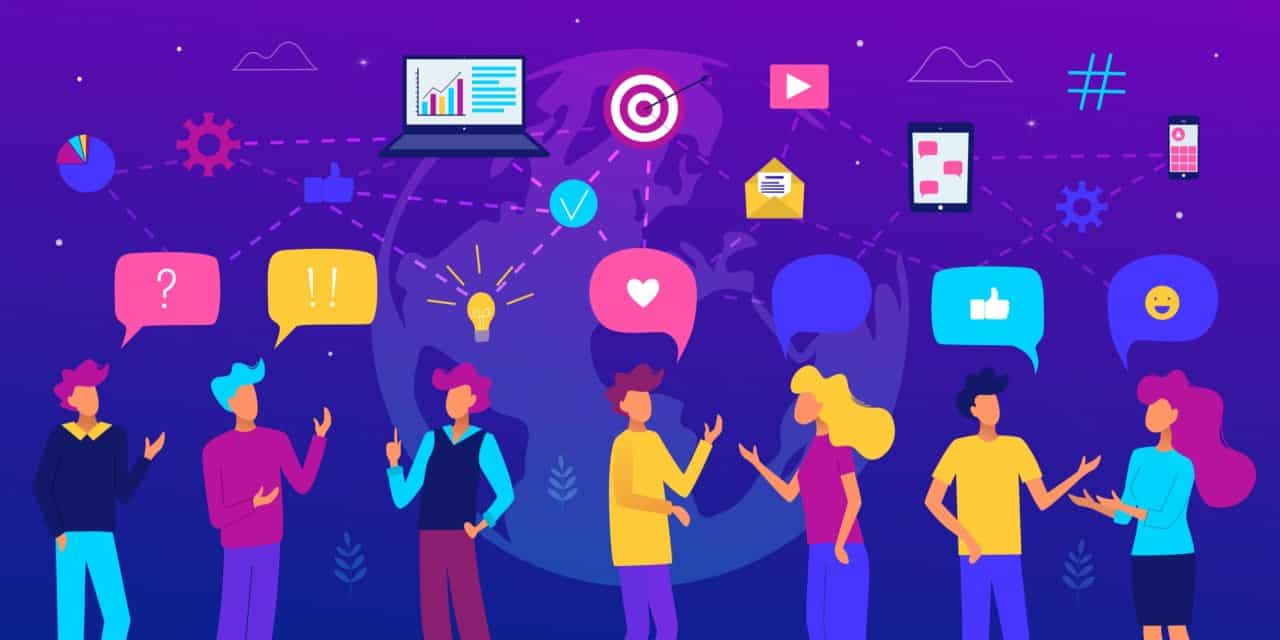
© Swietlana Malyszewa | Dreamstime.com
The IIASA stakeholder community also sheds new light on the value of the institute’s expertise in systems analysis for building international scientific partnerships, whether it be formal ones with my colleague Sergey Sizov and his science diplomacy expertise, or by facilitating research partnerships between our NMO countries and IIASA researchers.
With my colleague Monika Bauer, I am also learning about the future of stakeholder engagement and how to build virtual communities, like she’s doing with IIASA Connect:
“We are building the global systems analysis network on IIASA Connect. This tool allows colleagues, alumni, the institute’s regional communities, and collaborators to directly engage with each other and take advantage of the institute’s international and interdisciplinary network. It is something completely new for the organization,” she explains.
Our recent partnership with the Strategic Initiatives (SI) Program was aimed at better understanding the IIASA NMO countries and their individual research priorities for the next decades. I learned about local challenges and strengths and how countries have managed to move forward as a nation or by working hand in hand with their neighbors.
Coming from a research background, I am fascinated by the insights I am gaining working with IIASA communications colleagues on how to promote research and its impacts. I particularly enjoyed working with Ansa Heyl, helping IIASA experts build their policy brief submissions for the recent T20 Italy call for abstracts. As part of my skillset and center of interest, I aim to apply my science to policy skills here at IIASA to support the researchers and impacts of the amazing work done across the institute.
Having mostly worked with and for early career researchers for several years, I remain sensitive to their needs for career development opportunities. I am therefore excited to work with colleagues in the institute’s Capacity Development and Academic Training (CDAT) program to further define and support research excellence at IIASA, especially in the very promising next generation of systems scientists.
Few workplaces are so well connected and offer so many opportunities to develop such a broad range of skills as the IIASA Communications and External Relations team. As we are working towards fulfilling the IIASA Strategy’s aim of strengthening partnerships, I look forward to continuing to interact with IIASA researchers and supporting the institute’s goals of making sure the work done at IIASA positively impacts society. So come and chat with me!
Note: This article gives the views of the author, and not the position of the Nexus blog, nor of the International Institute for Applied Systems Analysis.
Feb 18, 2021 | Austria, Climate, Climate Change, Communication, Education, Health
By Thomas Schinko, Acting Research Group Leader, Equity and Justice Research Group
Thomas Schinko introduces an innovative and transdisciplinary peer-to-peer training program.
What do we want – climate justice! When do we want it – now! The recent emergence of youth-led, social climate movements like #FridaysForFuture (#FFF), the Sunrise Movement, and Extinction Rebellion has reemphasized that at the heart of many – if not all – grand global challenges of our time, lie aspects of social and environmental justice. With a novel peer-to-peer education format, embedded in a transdisciplinary research project, the Austrian climate change research community responds to the call that unites these otherwise diverse movements: “Listen to the Science!”
The climate crisis raises several issues of justice, which include (but are not limited to) the following dimensions: First, intragenerational climate justice addresses the fair distribution of costs and benefits associated with climate change mitigation and adaptation, as well as the rectification of damage caused by residual climate change impacts between present generations. Second, intergenerational justice focuses on the distribution of benefits and costs from climate change between present and future generations. Third, procedural justice asks for fair processes, namely that institutions allow all interested and affected actors to advance their claims while co-creating a low-carbon future. Movements like #FFF maneuver at the intersection of those three forms of climate justice when calling on policy- and decision makers to urgently take climate action, since “there is no planet B”.
Along with the emergence of these youth-led social climate movements came an increasing demand for the expertise of scientists working in the fields of climate change and sustainability research. To support #FFF’s claims with the best available scientific evidence, a group of German, Austrian, and Swiss scientists came together in early 2019 as Scientists for Future. Since then, requests from students, teachers, and policy and decision makers for researchers to engage with the younger generation have soared, also in Austria. Individual researchers like me have not been able to respond to all these requests at the extent we would have liked to.
In this situation of high demand for scientific support, the Climate Change Center Austria (CCCA) and The Federal Ministry of Education, Science and Research (BMBWF) have put their heads together and established a transdisciplinary research project – makingAchange. By engaging early on with our potential end users – Austrian school students – a truly transdisciplinary team of researchers as well as practitioners in youth participation and education (the association “Welt der Kinder”) has co-developed this novel peer-to-peer curriculum. The training program, which runs over a full school year, sets out to provide the students not only with solid scientific facts but also with soft skills that are needed for passing on this knowledge and for building up their own climate initiatives in their schools and municipalities. One of the key aims is to provide solid scientific support while not overburdening the younger generation who often tend to put too high demands on themselves.
Establishing scientific facts about climate change and offering scientific projections of future change on its own does not drive political and societal change. Truly inter- and transdisciplinary research is needed to support the complex transformation towards a sustainable society and the integration of novel, bottom-up civil society initiatives with top-down policy- and decision making. Engaging multiple actors with their alternative problem frames and aspirations for sustainable futures is now recognized as essential for effective governance processes, and ultimately for robust policy implementation.
Also, in the context of makingAchange it is not sufficient to communicate science to students in order to generate real-world impact in terms of leading our societies onto low-carbon development pathways. What is additionally needed, is to provide them with complementary personal and social skills for enhancing their perceived self-efficacy and response efficacy, which is crucial for eventually translating their knowledge into real climate action in their respective spheres of influence.
Recent insights from a medical health assessment of the COVID-19 related lockdowns on childhood mental health in the UK have shown that we are engaging in an already highly fragile environment. In addition, a recent representative study for Austria has shown that the pandemic is becoming a psychological burden. The study authors are particularly concerned about young people; more than half of young Austrians are already showing symptoms of depression. Hence, we must engage very carefully with the makingAchange students when discussing the drivers and potential impacts of the climate crises. Particularly since some of them are quite well informed about research, which has shown (by using a statistical approach) that our chances of achieving the 1.5 to 2°C target stipulated in the Paris Agreement are now probably lower than 5%. Another example of such alarming research insights comes in the form of a 2020 report by the World Meteorological Organization, which warns that there is a 24% chance that global average temperatures could already surpass the 1.5°C mark in the next five years.
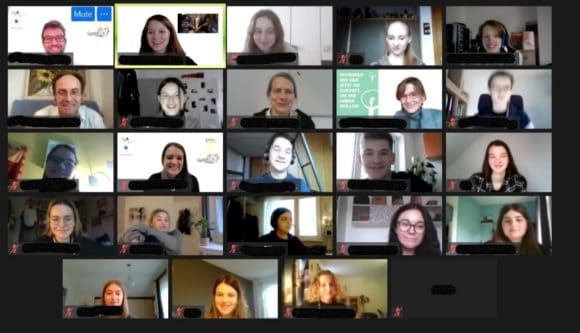
Zoom group picture taken at the end of the second online makingAchange workshop for Austrian school students. Copyright: makingAchange
The first makingAchange activities and workshops have now taken place – due to the COVID-19 regulations in an online format, which added further complexity to this transdisciplinary research project. Nevertheless, we were able to discuss some of the hot topics that the young people were curious about, such as the natural science foundations of the climate crisis, climate justice, or a healthy and sustainable diet. At the same time, we provided our students with skills to further transmit this knowledge and to take climate action in their everyday live – such as a climate friendly Christmas celebration in 2020. The school student’s lively engagement in these sessions as well as the overall positive (anonymous) feedback has proven that we are on the right track.
The role of science is changing fast from “advisor” to “partner” in civil society, policymaking, and decision making. By doing so, scientists can play an important, active role in implementing the desperately needed social-ecological transformation of our society without becoming policy prescriptive. With the makingAchange project, we are actively engaging in this transformational process – currently only in Austria but with high ambitions to scale-out this novel peer-to-peer format to other geographical and cultural contexts.
Note: This article gives the views of the author, and not the position of the Nexus blog, nor of the International Institute for Applied Systems Analysis.
Feb 16, 2021 | Communication, Data and Methods, IIASA Network
By Luke Kirwan, IIASA Repository and Open Access Manager
IIASA Repository and Open Access Manager Luke Kirwan explains the ins-and-outs of the Plan S policy towards full and immediate Open Access publishing.
With Plan S, which has been implemented from 1 January 2021, new Open Access requirements come into force for project participants, which are intended to accelerate the transformation to complete and immediate Open Access. This has implications for researchers obtaining funding from funders supporting Plan S, such as the Austrian Science Fund (FWF) or Formas (a Swedish Research Council for Sustainable Development).
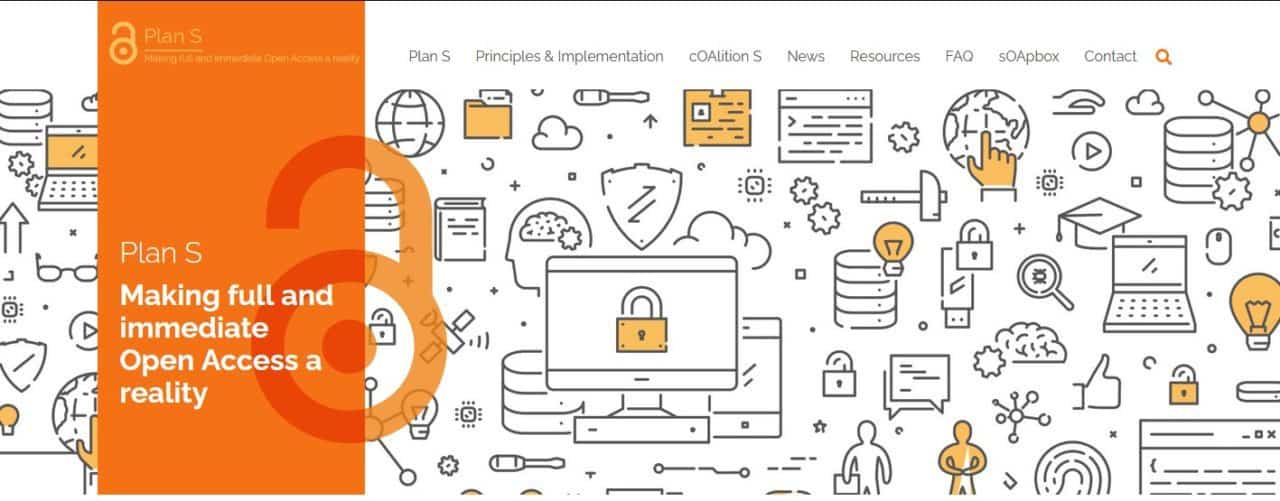
What exactly is Plan S?
Plan S is an initiative that aims to promote making research immediately open access without embargo periods or restrictions. It requires that, from 2021, scientific publications that result from research funded by public grants must be published in compliant Open Access journals or platforms. A number of national and international research bodies, including the FWF and the European Research Council (ERC), are working jointly on the implementation of Plan S and the promotion of open access research publication. A list of these funding bodies can be found here and more detailed information on the implementation of Plan S is available here.
 What you need to know
What you need to know
Starting from 1 January 2021, publications derived from research funded by Plan S research organizations must be made openly accessible immediately upon publication without any embargo period. This applies only to projects submitted after 1 January 2021. Furthermore, this material must be made available under a Creative Commons Attribution license (CC-BY). In some instances, a more restrictive license can be applied, but this must be discussed with the funding body.
 Further guidelines are currently being developed for publications that are not journal articles such as books and edited volumes. From 2021 onwards, it is important to closely check the requirements of research funders to ensure that projects are compliant with any open access requirements they may have.
Further guidelines are currently being developed for publications that are not journal articles such as books and edited volumes. From 2021 onwards, it is important to closely check the requirements of research funders to ensure that projects are compliant with any open access requirements they may have.
Papers published under Plan S funding has to include an appropriate acknowledgement. In the case of FWF funded research, it must for example follow the following format:
‘This research was funded in whole, or in part, by the Austrian Science Fund (FWF) [Grant number]. For the purpose of open access, the author has applied a CC BY public copyright license to any Author Accepted Manuscript version arising from this submission.’
Authors of papers published under Plan S funding will retain the copyright of their work, and will be providing journals with a license to publish their material rather than fully transferring copyright to them. Publishers that require a license to publish must allow the authors to make either the published version, or the accepted version, immediately available under an open license. No embargo period is permitted.
Routes to compliance
- Publish in an open access journal
- Make the accepted manuscript immediately available in an open access repository (like PURE) under a CC-BY license
- Publish in a subscription journal where IIASA has an open access agreement (For a list of IIASA’s current agreements please see here)
COAlition S has provided a journal checker tool so that you can check a journals compliance with the Plan S requirements.

The FWF’s statement and guidelines for Plan S can be found here. The operation and success of Plan S will be reviewed by the end of 2024. For any further information or assistance, please contact the library.
Related links:
Science family of journals announces change to open-access policy (Jan 2021)
Nature journals reveal terms of landmark open-access option (NOV 2020)
Plan S toolkit (coalition S website)
Note: This article gives the views of the author, and not the position of the Nexus blog, nor of the International Institute for Applied Systems Analysis.
Jan 13, 2021 | Communication, Egypt, Women in Science
By Shorouk Elkobros, IIASA Science Communications Fellow
Shorouk Elkobros shares her love for science communication and why she thinks it is pivotal for humanity.
Early 2020, I saw viral GIFs about social distancing and flattening the curve. I remember how useful and accessible it felt to have science communicated in such a fun and non-jargon way, especially during a global crisis.
In today’s post-truth world, misinformation campaigns travel fast. Hence, science communication’s role becomes pivotal to humanity. Anne Glover, the president of the Royal Society of Edinburgh, once said that “research not communicated is effectively research not done.”
What is science communication?
Science communication is the practice of educating and raising awareness of science-related topics. Science communicators, therefore, aspire to bridge the gap between science and the public and to inform decision makers.
But is it that easy?
You guessed it ̶ it is not. However, it is a challenge one would love to take on. Science communication is a constant game of problem solving.
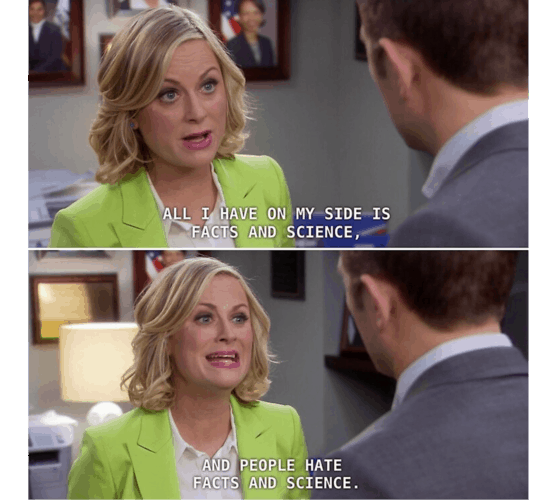
Meme from the American sitcom television series Parks and Recreation | awwmemes.com
It is never about dumbing down information but rather about making it concise and clear. It requires a decent amount of practice, careful attention to language, and a deep understanding of the audience.
Enticing readers with clickbait information and sensationalized or misleading facts has almost pushed the reputation of science communication under the bus. Examples include the COVID-19 conspiracy theories that emerged amid the pandemic or climate change deniers’ campaigns that share fake scientific news to mislead the public.
Why I love science communication?
I come from a science background and a love for visual storytelling. After earning my master’s degree in climate sciences, I chose to become a science communicator because it brings me joy to make science relatable and fun for the public. For me, science communication is a great way to mainstream climate action.
In 2019, I worked closely with the CLICCS B1 team at the University of Hamburg, Germany, where I investigated how our imaginations of possible and plausible climate futures are socially and culturally constituted and embedded in broader visions of the future and belief systems. One thing I learned was that the mainstream media either tones down the climate crises or spreads alarming and apocalyptic messages. It was an eye-opening experience to investigate how climate change is communicated in the media and to recommend amends. However, I always wanted to practice what I preached. I was lucky to volunteer as an editor on the Climate Matters blog and as a video editor in conferences such as Tropentag 2019. The sense of satisfaction that I felt every time I worked on an article or a video made me realize that I want to pursue a career in science communication.
IIASA Science communication
In 2020 I was looking for opportunities to embark on a science communication learning journey to become a better science writer and a better storyteller. Having the chance to do a Science Communication Fellowship at IIASA was an experience that I hold near and dear to my heart. This program is targeted towards early career science communicators who want to sharpen their science communication skills. It was the perfect opportunity for me to transition from academia to the practical field.
Working closely with researchers to produce content on blogs, videos, and news-in-brief articles in the Options magazine 2020 winter edition gave me an excellent perspective on environmental, economic, technological, and social change all around the globe. Knowing that my work can provide the needed information to policymakers is so rewarding because I know it can make a change in the years to come. Interviewing early career researchers and IIASA Young Scientists Summer Program alumni, and listening to them discussing their work and future aspirations was awe-inspiring. I think my favorite project was producing a video on the biodiversity work done at IIASA because I was able to look beyond the research and highlight the researchers behind it. I figured one way people would relate to the science is if I put a human face to it.
Working as part of the IIASA communications team has been a blast. For this blog, I asked my team members why they love science communication, and here are some of my favorite replies:


 Communicating research addressing issues such as food and water security, biodiversity, or climate change can boost regenerative economies and decentralized renewable energy systems. It then becomes pivotal for humanity to give a voice to young people, grassroots movements, and people of color. Historically, researchers involved in outreach gave science communication its modern shape. Today, I think we live in a golden age of science communication. There are more thought-provoking science stories than ever before. Scientists blogging about science, science communicators using social media to promote recent publications, and storytellers creating science-oriented videos or designs, are all doing magnificent work, and I am lucky to count myself as one of them.
Communicating research addressing issues such as food and water security, biodiversity, or climate change can boost regenerative economies and decentralized renewable energy systems. It then becomes pivotal for humanity to give a voice to young people, grassroots movements, and people of color. Historically, researchers involved in outreach gave science communication its modern shape. Today, I think we live in a golden age of science communication. There are more thought-provoking science stories than ever before. Scientists blogging about science, science communicators using social media to promote recent publications, and storytellers creating science-oriented videos or designs, are all doing magnificent work, and I am lucky to count myself as one of them.

@ Lennart Wittstock | Pexels.com
Note: This article gives the views of the author, and not the position of the Nexus blog, nor of the International Institute for Applied Systems Analysis.












 Communicating research addressing issues such as food and water security, biodiversity, or climate change can boost regenerative economies and decentralized renewable energy systems. It then becomes pivotal for humanity to give a voice to young people, grassroots movements, and people of color. Historically, researchers involved in outreach gave science communication its modern shape. Today, I think we live in a golden age of science communication. There are more thought-provoking science stories than ever before. Scientists blogging about science, science communicators using social media to promote recent publications, and storytellers creating science-oriented videos or designs, are all doing magnificent work, and I am lucky to count myself as one of them.
Communicating research addressing issues such as food and water security, biodiversity, or climate change can boost regenerative economies and decentralized renewable energy systems. It then becomes pivotal for humanity to give a voice to young people, grassroots movements, and people of color. Historically, researchers involved in outreach gave science communication its modern shape. Today, I think we live in a golden age of science communication. There are more thought-provoking science stories than ever before. Scientists blogging about science, science communicators using social media to promote recent publications, and storytellers creating science-oriented videos or designs, are all doing magnificent work, and I am lucky to count myself as one of them.
You must be logged in to post a comment.